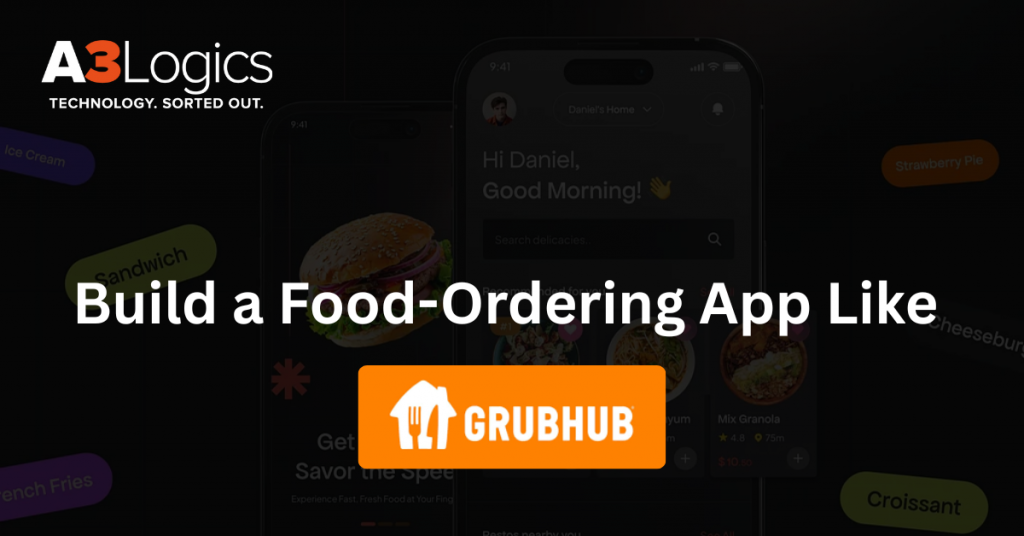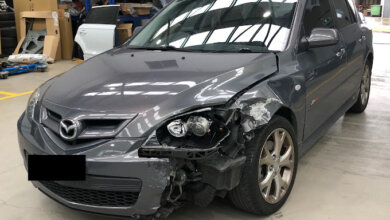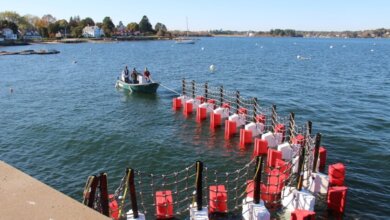The Startup Guide to Building a Hyperlocal Food Delivery App
Launching a food delivery startup may sound like a saturated idea — until you realize how much untapped potential still exists in hyperlocal markets. While big names dominate national delivery, hyperlocal platforms are booming because they focus on personalized logistics, regional cuisines, and real-time service expectations.
If you’re thinking of jumping in but don’t know how to start, the right food delivery app development company can make all the difference. Appkodes, for instance, specializes in building scalable and location-intelligent food delivery apps that are built for startups trying to win in niche markets.
Here’s a complete guide for turning your hyperlocal idea into a food delivery platform that works — not just in theory, but on the ground.
1. Why Hyperlocal Beats Global in Food Delivery
Hyperlocal food delivery focuses on a small geographic area—typically a neighborhood, city, or group of towns. The idea is simple: deliver faster, source closer, and cater more personally.
Stat to note: According to a McKinsey report, food delivery satisfaction increases by 40% when average delivery time is reduced by just 10 minutes — something only hyperlocal apps can pull off effectively.
What makes hyperlocal promising:
-
Shorter delivery times and fresher food.
-
Better vendor partnerships and commission flexibility.
-
Stronger community brand loyalty.
-
Tailored offers and regional cuisine support.
2. Finding the Right Niche Before You Build
Not every hyperlocal app needs to serve a metro city. In fact, tier-2 cities and town clusters are excellent launch zones.
Ask yourself:
-
Is there a lack of organized food delivery options?
-
Do local restaurants want to go online but don’t know how?
-
Are customers used to ordering by phone or WhatsApp?
These are signs of untapped demand.
Idea tip: Try launching in a college town or suburban area where big apps aren’t investing much. A custom-built app with features like cash-on-delivery, order scheduling, or local language support will win customers quickly.
3. Designing the App: Features That Actually Matter
A great hyperlocal food app isn’t bloated with features. It’s lean, fast, and tailored to the community. Here’s what to focus on when speaking to your food delivery app development company:
Customer App Must-Haves:
-
Easy sign-up (mobile OTP-based)
-
Real-time delivery tracking
-
Support for regional language
-
Scheduled orders (great for home chefs or lunchboxes)
-
Loyalty rewards tied to local businesses
Vendor Panel Essentials:
-
Quick onboarding for small restaurants
-
Easy menu updates
-
Access to customer reviews
-
Earnings tracking
Admin Dashboard Needs:
-
Zone-based commission management
-
Assigning delivery agents per locality
-
Offer creation by zip code or city
-
Integration with SMS, WhatsApp, and email
4. How to Handle Logistics Smartly
You don’t need a fleet of bikes on day one. Hyperlocal apps thrive when they collaborate with local drivers, gig workers, or even part-time students.
What to build in the backend:
-
A delivery agent app that lets them accept/reject orders
-
Route optimization so they can do more in less time
-
Zone management — assign agents by neighborhood
-
Incentive system based on peak hours or speed
Companies like Appkodes integrate these functionalities into your platform from the ground up, saving months of development work.
5. Monetization Models That Make Sense
You don’t need to follow Zomato or UberEats blindly. Hyperlocal allows for creative revenue streams:
-
Restaurant Commission – 10–20% per order, flexible by area.
-
Delivery Fee – Dynamic fee based on distance or time.
-
Subscription Plans – Flat fee for unlimited delivery (works well in gated communities).
-
Ad Placement – Let restaurants pay for featured listings.
-
Corporate Tie-ins – Offer delivery deals to small offices or co-working spaces.
6. Marketing Your App the Hyperlocal Way
Forget billboards and national TV. In hyperlocal, boots-on-ground marketing and digital targeting is everything.
What works:
-
Collaborate with community WhatsApp groups
-
Run referral codes for nearby apartment blocks
-
Partner with food influencers in that city
-
Sponsor small events or college fests
You can also work with your food delivery app development company to implement geo-push notifications — this allows promotions based on customer location, weather, or time of day.
7. Why the Tech Stack Matters for Growth
If your app isn’t built for scale, even 50 orders/hour can break your system. That’s why architecture is vital from day one.
Your platform should:
-
Support multi-location expansion easily.
-
Handle surges during peak lunch/dinner hours.
-
Integrate with popular payment gateways including UPI, Stripe, Razorpay.
-
Use caching for faster menu and order load times.
-
Offer APIs for restaurant POS systems or delivery agents.
Appkodes uses modern, modular stacks that allow future feature updates (like dark kitchens or subscription boxes) without rewriting the entire app.
8. Offline-First Capability for Poor Connectivity Zones
Many emerging markets still struggle with mobile internet. Don’t let that stop you from launching.
Add offline-friendly features:
-
Order saving when internet is lost.
-
SMS order confirmation fallback.
-
Compressed image & map rendering.
-
Local data caching for menus.
This widens your market to rural zones and allows restaurants in less-digitized areas to participate.
9. Legal & Operational Setup: Don’t Miss These
Before launch, handle your legal and local regulations:
-
Register your business as a food aggregator.
-
Get FSSAI certification in India (or its equivalent elsewhere).
-
Draft contracts for restaurants and delivery partners.
-
Clarify refund and cancellation policies in the app itself.
Work with a legal consultant during MVP launch — it’s worth the peace of mind.
10. Why Appkodes is Trusted for Hyperlocal Food Apps
From MVPs to fully functional food delivery systems, Appkodes has helped startups and local entrepreneurs launch successful platforms in more than 80+ countries. Their customizable food delivery app solutions offer:
-
Real-time order tracking
-
Multi-language and multi-currency support
-
Admin panel built for region-specific control
-
Offline-order fallback features
-
Seamless onboarding for local restaurants
With Appkodes, you aren’t stuck with cookie-cutter features — your platform is tailored for your exact market and business model.
Final Thoughts: Go Hyperlocal, Think Scalable
A hyperlocal food delivery app isn’t just a mini version of Swiggy or DoorDash. It’s a community-first, tech-enabled platform that thrives on personalization and trust. But to make it work, you need more than just an idea — you need a tech partner who gets it.
So, if you’re serious about building a hyperlocal food delivery business that adapts to your community’s needs and scales city by city, start with a reliable food delivery app development company like Appkodes. The sooner you start building right, the faster you’ll serve real customers.






